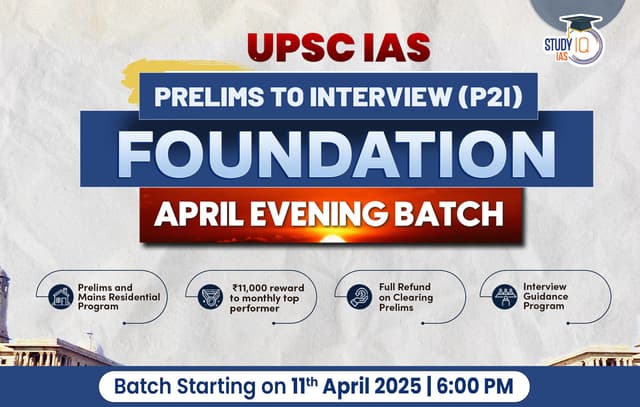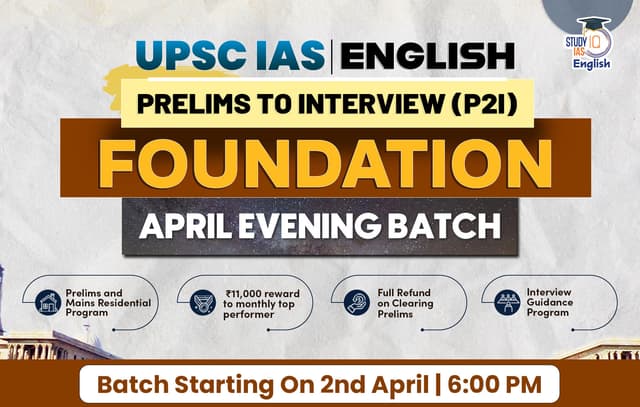Table of Contents
Context: As per the latest report of INCOIS, all Indian coastal Union Territories and states are prone to tsunamis.
What is a Tsunami?
A tsunami is a series of large sea waves caused by the sudden displacement of a large volume of water in an ocean.
Causes of Tsunamis
- Undersea Earthquakes (most common cause)-Especially those occurring at subduction zones.
- Underwater landslides
- Volcanic eruptions (submarine volcanoes)
- Meteorite impacts (very rare).
Subduction Zone
- It is a tectonic boundary where one plate slides beneath another into the Earth’s mantle.
- Subduction zones are highly active geologically – leading to earthquakes, volcanoes and tsunamis.
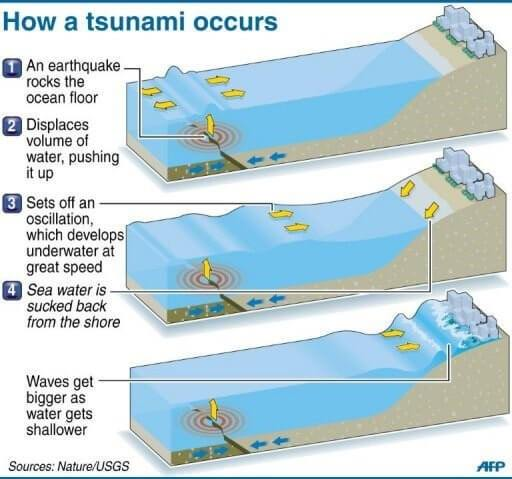
Key Subduction Zones Affecting India
- Andaman-Nicobar-Sumatra Island Arc: It is a 5,000 km long chain of islands and mountains from Myanmar in the north to the Indonesian archipelago in the south.
- Makran Subduction Zone (near Iran-Pakistan): It is a tectonic plate boundary where the Arabian Sea Plate is subducting beneath the Eurasian Plate.
Tsunami Risk Classification in India (as per Geological & Oceanographic Studies)
| Zone | Risk Level |
| Andaman & Nicobar Islands | Very High |
| Tamil Nadu & Andhra Pradesh | High |
| Odisha & West Bengal | Moderate to High |
| Gujarat | Moderate |
| Maharashtra, Goa, Kerala | Low to Moderate |
| Lakshadweep Islands | Low |
| Indian National Centre for Ocean Information Services (INCOIS) |
|
Tsunami Monitoring and Preparedness in India
- Indian National Centre for Ocean Information Services (INCOIS) provides real-time tsunami alerts.
- Early Warning Systems were established after 2004.
- Community Awareness & Evacuation Drills are regularly conducted in vulnerable coastal regions.
- Coastal Regulation Zones (CRZs) aim to prevent construction in high-risk areas.

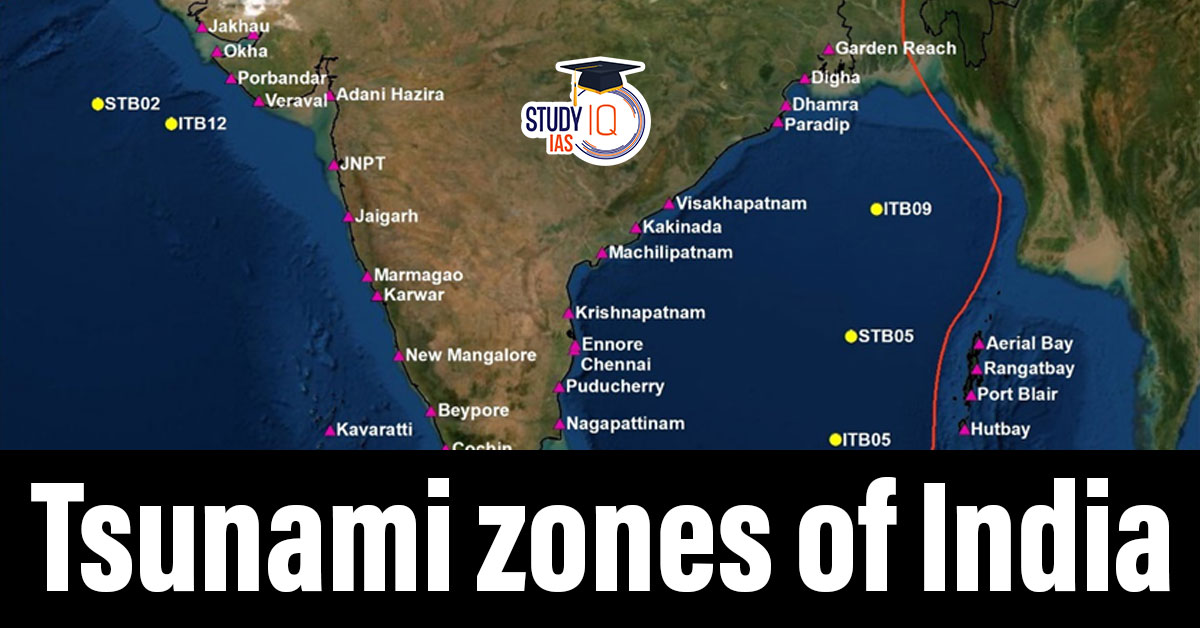
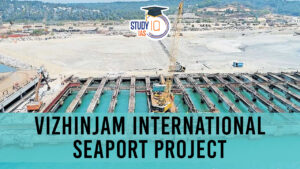 Vizhinjam International Seaport Project,...
Vizhinjam International Seaport Project,...
 Places in News for UPSC 2025 for Prelims...
Places in News for UPSC 2025 for Prelims...
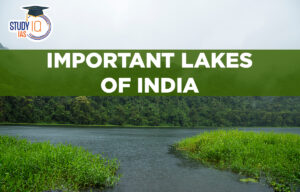 Important Lakes of India, State wise and...
Important Lakes of India, State wise and...

